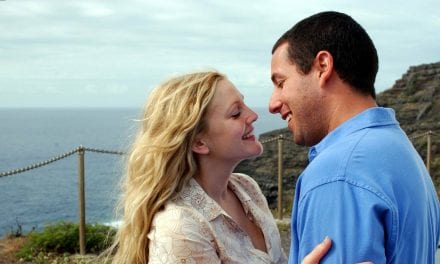By Fara Gold McLaughlin
Since turning 60 in 2021, I have managed to make a major life move from my comfortable Robson Ranch active adult golf community (by way of assisted living), to treatment and full recovery of epilepsy, to now my incredible resort-style life at Revel Legacy in Scottsdale. Throughout these moves, I defined how I felt as “old,” and yet with my daily medications for epilepsy, all of those “old” symptoms went away, and I feel better than I have in years.
My chronological age is now 61, and my hair is whiter than ever, yet I’ve improved some of my worn parts with much-needed repairs, just like I did with my beloved Mercedes I parted with a decade ago. If you’ve ever owned that dream car, you know that your fantasy of it was more than the reality of it. And since I sold it, I am back to romanticizing the parts I loved so much, like the quiet ride, the plush leather seats, the amazing dashboard, and the way I felt cocooned in its comfortable interior. When I drove it, I was never disappointed in the reliability or the power — how the engine of my S430 could take me from 0 to 60 in less than seven seconds.
As parts started to wear out on my Mercedes, I questioned how much more money it would cost to keep updating the operating system and replace worn parts, until a European car broker made me an offer I couldn’t refuse, to purchase my car and give it a new life in Hungary for a private car service. I took the money and imagine my vintage Mercedes still going strong, enjoying the streets of Budapest with diplomats and tourists comfortable for their rides around town.
Ride of Life
Now, I am invested in my own body, like the Mercedes, as the only way to carry my mind and spirit through this third act of my life. I wake up every day with the possibility of some new joint ache or maintenance procedure, but value that this is the only body I have to take me along this ride of a life that I want to continue to enjoy and savor. Adopting the Blue Zone approach to living is keeping me fueled in my body, mind, and spirit. Just like the days I put premium gasoline in the Mercedes, I am especially careful about what I put into my body, mind, and spirit.
One of the key essentials to my mental well-being is how I am mindful of the ideas and thoughts I once held about aging. In Aged by Culture, aging researcher Margaret Morganroth Gullette describes our American culture as perceiving the time from birth to death as a decline and the notion of aging as “playing your age,” because this is what our society, arts, and culture offered us. Instead, Gullette proposes the idea of “psychological continuity” as the most important factor in aging.
Just like my memories of my Mercedes are filled with visceral pleasure and experiences which delighted me and brought me comfort, so can the idea of a life well-lived be.
Optimistic Outlook
Researchers at Harvard T.H. Chan School of Public Health recently completed a longitudinal study of 160,000 racially and ethnically diverse postmenopausal women followed over the course of 26 years. The 25% most optimistic participants were likely to live up to 5.4% longer and were 10% more likely to live beyond 90 than the quarter of participants who were the least optimistic. The idea of an optimistic outlook is attributed to these key behaviors:
- Maintain a daily gratitude practice: Keep a gratitude journal, and write down three or more things that you are grateful for in your life at the end of each day. It can be a supportive spouse, healthy kids, a sunny day, or an engaging job.
- Keep track of positive events in your life: Every night, write down three or more positive events that happened that day. Perhaps your boss made an encouraging comment, you got to spend time with your friends, or the commute was surprisingly good.
- Visualize your best possible self: Regularly and clearly imagine a future in which everything has turned out as well as possible and you have achieved all of your life goals.
Just like with the vintage Mercedes, I am integrating these behavioral practices of gratitude, noting the positive events in my daily life, and continuing to visualize my best possible self. This self can still contribute to a community of individuals living in a congregate community, to my senior living sector, and to helping change the way aging is perceived. Each of us has a choice to see aging as a decline or a human continuum of positive ways we can enjoy on this ride we call life.








